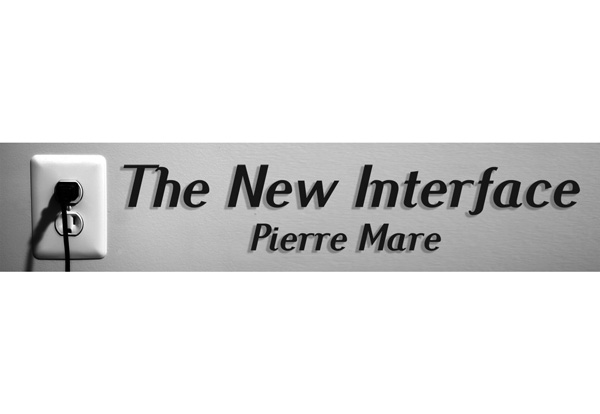
Public expenditure does not need to be wasteful and ineffective
Every now and then, even in what appears to be an unending morass of bad news that demoralizes all of us, there’s a gem of good news.
The story of the extraordinary results spawned by MCA Namibia’s USD304.5 program (or “Compact”) is one of those gems but, while that’s good news, it’s not even the really good news.
The really good news is that this kind of success can be achieved by other public and private entities, helped along by a focus on results.
MCA Namibia’s focus on results is widely known by now. It guided all three phases of the Compact: (1) development, (2) implementation, and (3) close out.
In an age of heightened calls for government accountability – not just in Namibia, but around the world – a focus on results helps ensure program effectiveness and efficiency.
In other words, a results focus increases value for taxpayers’ money.
You know, those large sums of money that you and I periodically give to various tax collectors that we would like to see deployed for the greater good but that we all too often we hear and read about being put to work in dubious way for dubious ends.
MCA Namibia’s extraordinary achievements, which have been abundantly reported on and touted by various stakeholders, demonstrate that it doesn’t have to be that way. It really doesn’t.
So, how did MCA Namibia do it? What did a focus on results mean in practice? Quite simply, it meant embedding the monitoring and evaluation (M&E) function into implementation and regularly gathering and reporting facts and figures in quarterly M&E status reports, not only to illustrate our achievements but – perhaps more importantly – to ensure implementation integrity and identify roadblocks. And then we didn’t just sit back and look at the data.
Instead, MCA N’s management and Board urgently followed up, where necessary, to lay out the appropriate way forward and unclog whatever might have been in the way of achieving the desired targets.
And the program logic and metrics themselves were regularly interrogated to ensure that the right things were being measured in the right way – but the targets that had been set at the outset of the Compact were rarely shifted.
In addition, the data sources were frequently audited to ensure quality; after all, to do a proper job of informing evidence based decision making, the evidence itself needs to be accurate and timely: good decisions require good information.
To ensure this, the M&E team conducted data quality checks which helped equip, guide, and support government and other data producers to capture, process and release accurate statistics on a timely basis.
All this while remembering that M&E is not an abstract exercise with charts and graphs and numbers…it is about human beings and about measuring how close or far we are to the kind of society that we want and about telling the related stories and informing followon decisions.
And MCA Namibia’s stories are truly great ones.
On average, M&E indicators were achieved at over 100% and a spending rate of over 96% was reached, which is extremely good especially in the face of a depreciating Namibian dollar.
We used the extra resources to deliver many additional activities not originally envisaged at Compact design – all in line with the M&E results framework, of course.
We believe the Compact investments have made a difference in the lives of our beneficiaries.
Final outcomes will continue to emerge for quite some time to come and, as the successor entity to MCA Namibia, the National Planning Commission will pick up where we left off to tell the MCAN story with continued monitoring and ongoing evaluations.
With this evidence, stakeholders should feel encouraged to sustain and build upon these achievements.
Here’s to hoping that a results focus will be embraced by private and public entities to help maximize effectiveness and make good on the promises they make to their beneficiaries.
It can be done.











































